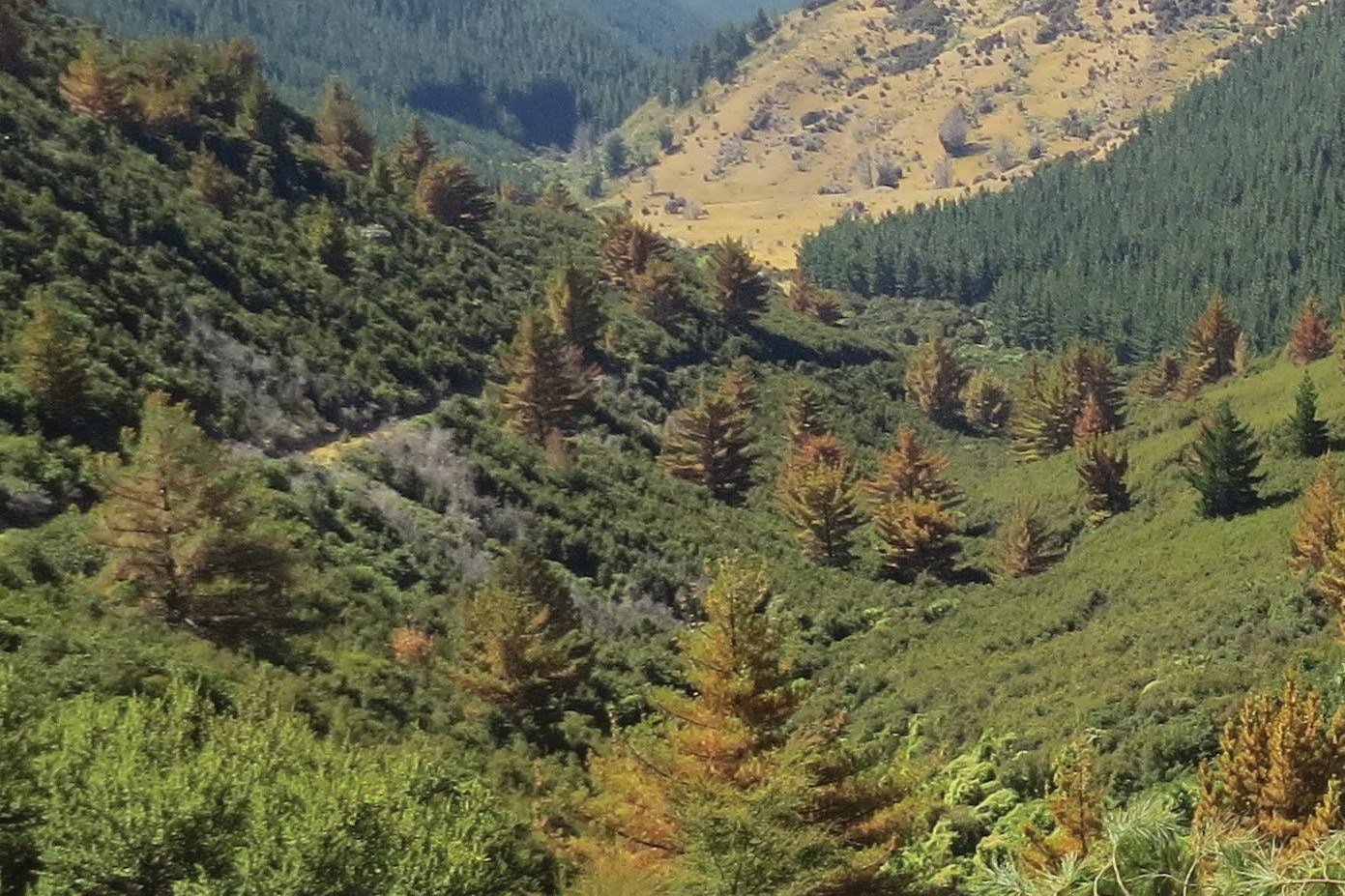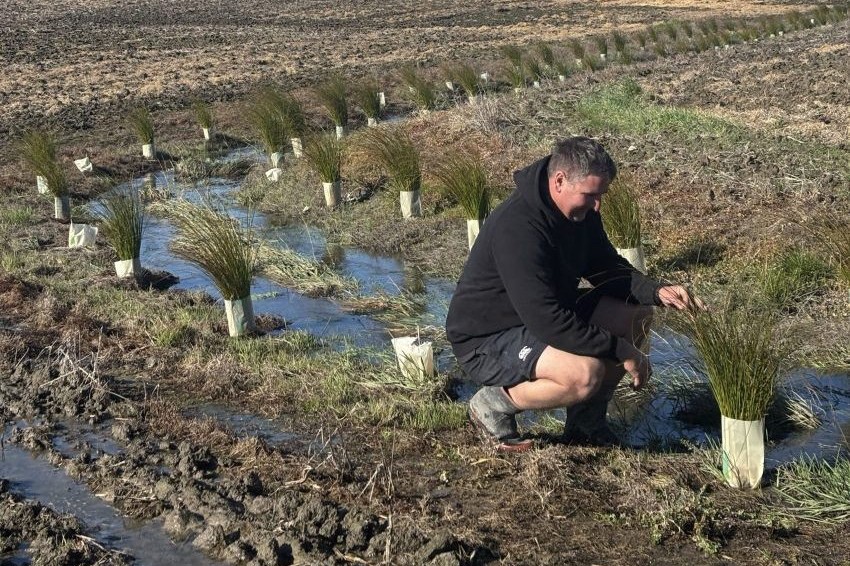Market test for biodiversity credits
A system to fund farm-based biodiversity projects is under development, Joanna Grigg writes.

A system to fund farm-based biodiversity projects is under development, Joanna Grigg writes.
A company is offering a tradeable biodiversity unit as a chance to reward and finance onfarm conservation work.
The New Zealand biodiversity market is still in its infancy but it is happening.
Farmers have limited avenues to fund public-good biodiversity work. Now there may be an opportunity to finance biodiversity conservation, using a market mechanism. Farmers would be able to sell biodiversity units to cover project costs.
The concept is in development by Ekos, a specialist in market-based mechanisms for environmental protection. They are perhaps better known for advising on forestry, carbon certification and trading in the Emissions Trading Scheme.
Ekos founder and chief executive Dr Sean Weaver sees it as a novel way to attract funds from private sources.
The biodiversity unit is a ‘habitat hectare’ comprising one hectare of biodiversity conservation for one year. The difference between this and standard philanthropy, he said, is that the biodiversity benefits need to be delivered, measured and verified.
This prototype arrangement of a biodiversity unit sale was between conservation group ‘seller’ Sanctuary Mountain Maungatautari and commercial ‘buyer’ Profile Group Limited, a parent company of a range of businesses producing aluminium windows and doors.
Ekos was approached by Mountain Sanctuary to design and develop the process. Philanthropic funding also helped build the prototype.
Weaver said the sale of these biodiversity units will fund the conservation management of 83 hectares at Sanctuary Mountain Maungatautari, for the 2022 financial year. The Trust runs conservation work over 3400 predator- fenced hectares, near Cambridge. It is one of the largest pest-proof fenced projects in the world.
Still in its infancy
Before farmers or catchment group administrators get on the phone to Weaver, he said the Ekos Sustainable Development Units Programme is still in its infancy.
“The administration infrastructure and a platform to match buyers and sellers will be some months away.”
With a background in forest carbon and environmental financing, it was logical that Weaver would use the carbon market as a model for the biodiversity unit. He has applied the same ground-truthing (checking the results against the real world) required for carbon credit projects internationally.
Sheep and beef hill farms typically spent $10,000 to $30,000 in 2021 on weed and pest control (B+LNZ Economic Service). High country businesses are spending significantly more – around $75,000/year, up from $25,000 10 years ago. While some of this is to keep land in pastoral production, many farmers spend it for habitat enhancement and pest control for indigenous species. Farmers may be happy to pull funds from the farm business, but it is often limited in scale. Wages or management time spent on managing biodiversity work are often not included in this cost.
The traditional way to fund large farm conservation projects is writing grant applications and smooching to sponsors. Weaver would like to see a future where conservation pays for itself, without grants, and when landowners can add biodiversity conservation to the way they make a living.
Weaver said it does not put a price on nature.
“It puts a price on the human labour and technology to look after nature.”
He said a unit could be generated from a community or trust project on public land, private land, pastoral lease or a catchment group of private/public stakeholders. There is a lot of interest from the supply side already, he said.
To create a unit, the conservation project must have an audited annual spend. The Ekos process is based on the United Nations Sustainable Development Goals (of which there are 17).
A third party, environmental auditing firm McHugh & Shaw, validates the process, he said.
“Buyers can trust it is verified.”
They are not to be used to offset bad biodiversity behaviour, he said.
“In our system you can’t destroy a hectare of rainforest and then buy a hectare of biodiversity units to compensate and feel better.”
The appeal of a biodiversity unit is that it’s defined and based on real costs.
“One example is buying a hectare of possum control for a year.”
The cost of a hectare of conservation work to protect biodiversity, in the Sanctuary Mountain transaction, was $603/year. For farm projects, it may include fencing, weed and pest work, plus the administration of running the project. Weaver suggests farmers start keeping good records of their biodiversity enhancement costs. It could be as small as a wetland or as large as a big forest.
“While this is not for the purpose of profit, everyone along the biodiversity unit value chain needs to cover all their costs, because if we don’t, we cannot financially sustain this effort,” he said.
Contracts can be for one or more years and prices for a hectare of biodiversity units will range, depending on actual costs. Weaver first sold biodiversity units in 2014, to test the market. They were then known as habitat hectare units, sold to Commonsense Organics. These were sourced from an indigenous forest project in Southland.
Weaver said the potential market is big, with space for more players. He is already in negotiations with a global environmental standard who wants to use the Ekos model globally.




